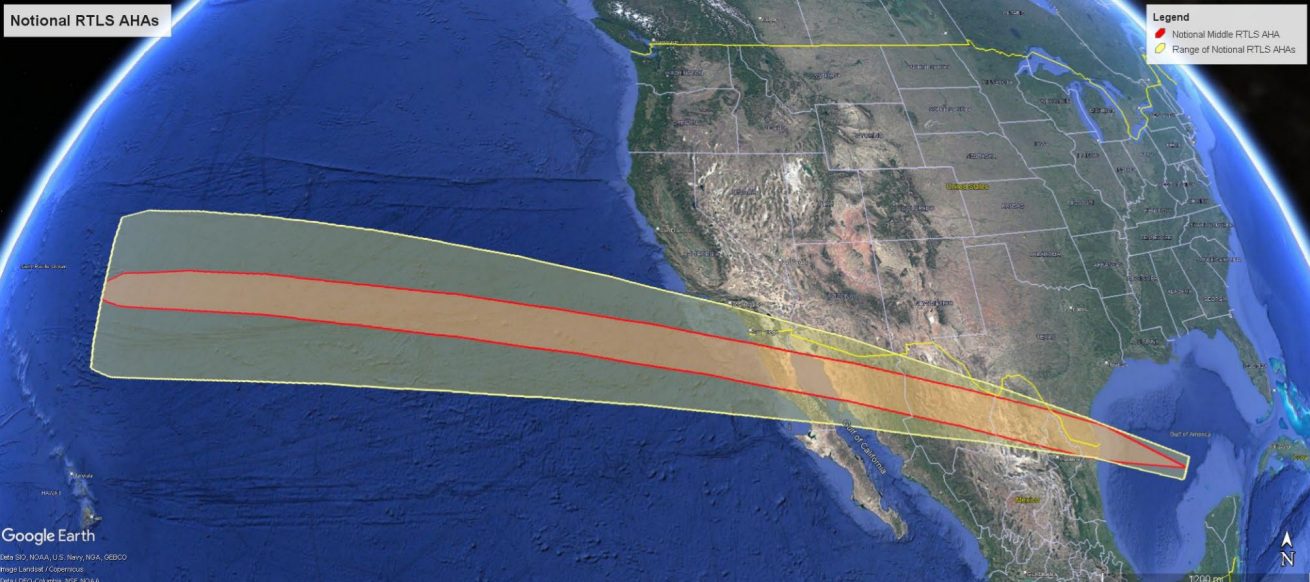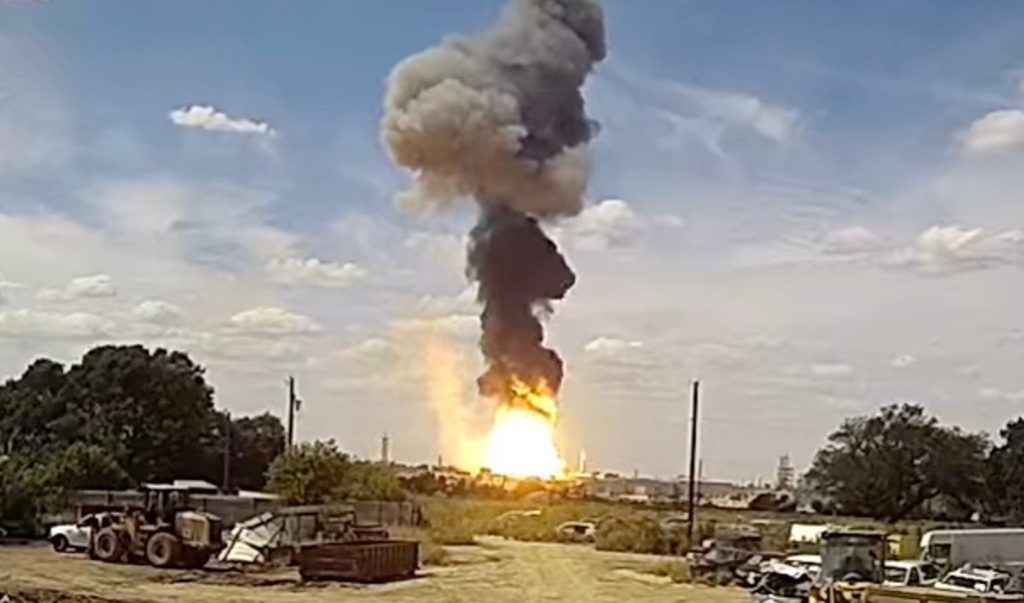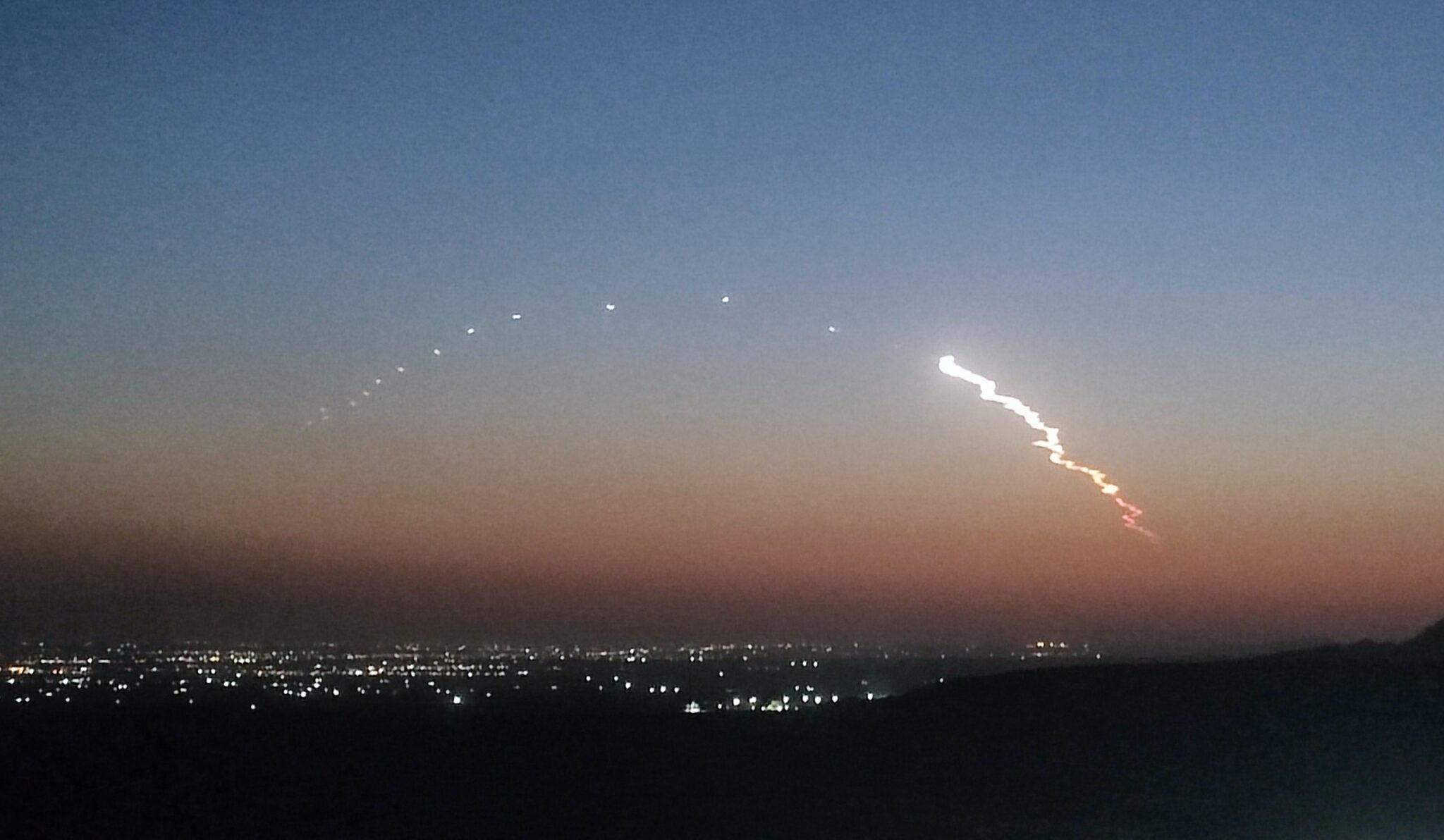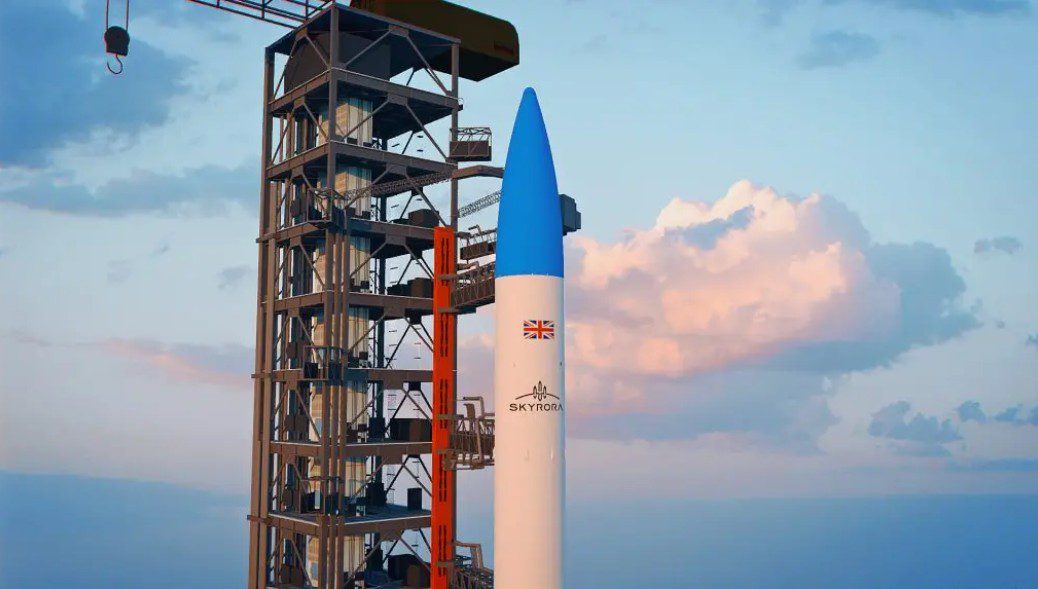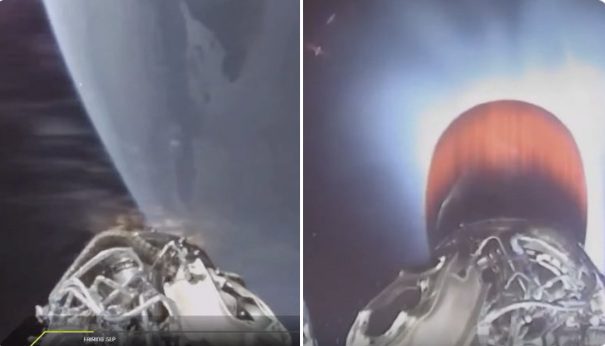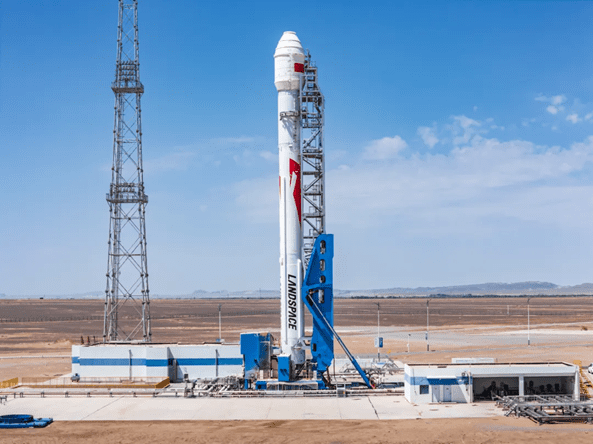The European Space Agency is to launch a second pair of Galileo navigation satellites on 28 September before beginning a fast-track launch schedule in 2013 to orbit 18 satellites by the end of 2014 for a functional service, and 26 satellites by the end of 2015 for near-global coverage. The full constellation of 27 spacecraft and three orbiting spares should be deployed by 2019.
All launches will be from ESA’s Kourou, French Guiana spaceport. The first Galileo flights are Soyuz rockets, including the veteran Russian launcher’s maiden flight from Kourou last October.
From the second half of 2014, a requalified Ariane launcher, known as Ariane 5 ES Galileo, should be equipped with a four-satellite dispenser and be capable of delivering the spacecraft to orbital altitudes of 23,200km. The current ES launcher is used to launch ESA’s Automated Transfer Vehicle to the International Space Station at about 380km.



